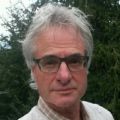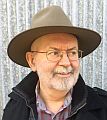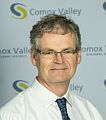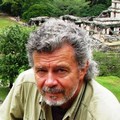RESTORATIVE LAND DEVELOPMENT: Parksville 2019 Symposium organizing committee releases the Detailed Agenda for Day Two (April 4) – “Getting It Right by Making Better Land Use Decisions”

“Yes, we can decrease our destructive footprint while at the same time increasing our restorative footprint! Sustainable is attainable. Make where we live better. Create an ‘actionable vision’. Chart a new course to a sustainable water future. Celebrate Vancouver Island success stories. Follow the leaders! These success stories are inspirational in nature, creekshed in scale, and precedent-setting in scope and outcome. ‘Get it right’ and proceed along a restorative development pathway,” states John Finnie.










